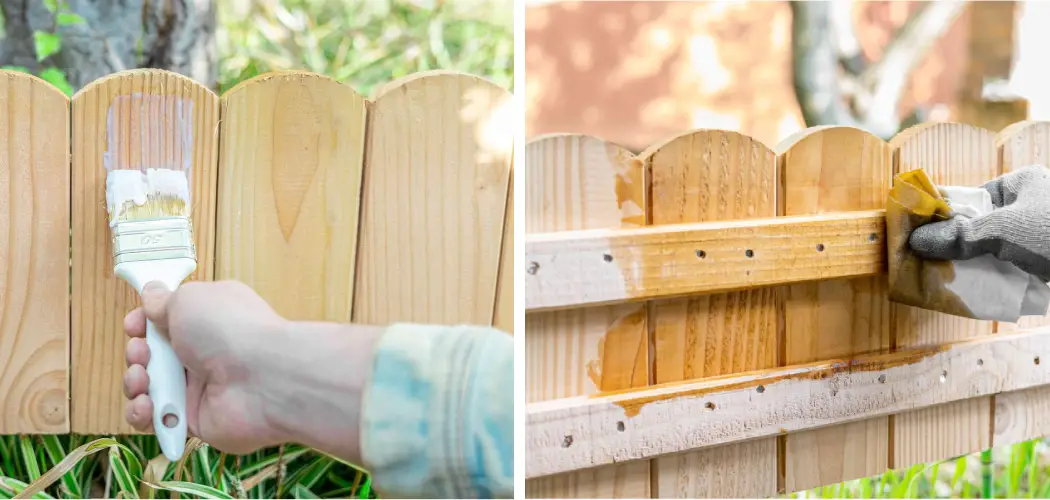Cedar wood is a popular choice for outdoor furniture, decking, and siding due to its natural resistance to rot, decay, and insect damage. However, exposure to harsh weather conditions can cause the wood to deteriorate over time if not properly maintained. To protect your cedar wood from moisture, UV rays, and other environmental factors, it is essential to seal it.
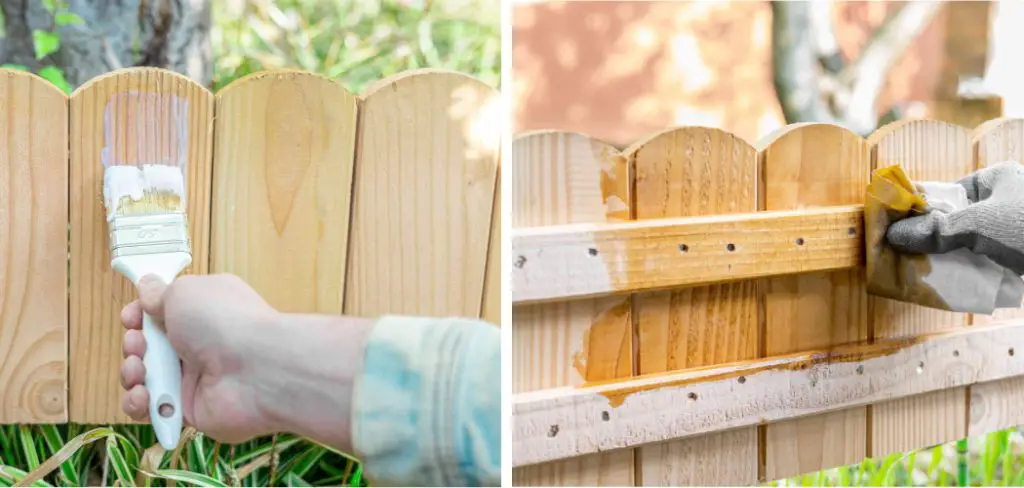
The main reason why cedar wood is a popular choice for constructing outdoor furniture and structures is its natural resistance to decay. However, even though cedar wood is naturally durable, it still requires maintenance to preserve its color and structural integrity. One of the most common methods of maintaining cedar wood is by sealing it. In this blog post, You will learn in detail how to seal cedar wood.
Step-by-step Instructions for How to Seal Cedar Wood
Step 1: Inspect the Wood
Before you start sealing your cedar wood, take a close look at it and make sure there are no visible damages or defects. If you find any cracks or holes, make sure to fix them before proceeding with the sealing process. This will ensure that the sealant can penetrate evenly and provide maximum protection.
Step 2: Gather Supplies
To seal cedar wood, you will need a few supplies such as sandpaper, a clean cloth, and a sealant. Make sure to choose a sealant specifically designed for cedar wood to ensure the best results. Use sandpaper to gently sand the surface of the cedar wood. This step will remove any rough spots or imperfections and create a smooth surface for the sealant to adhere to.
Step 3: Clean the Wood
After sanding, use a clean cloth to wipe away any dust or debris from the surface of the wood. This will ensure that the sealant can bond properly with the wood and provide long-lasting protection.
When it comes to sealing cedar wood, you have a few options such as oil-based, water-based, or polyurethane sealants. Each type has its own advantages and disadvantages, so make sure to do your research and choose the best one for your specific needs.
Step 4: Apply the Sealant
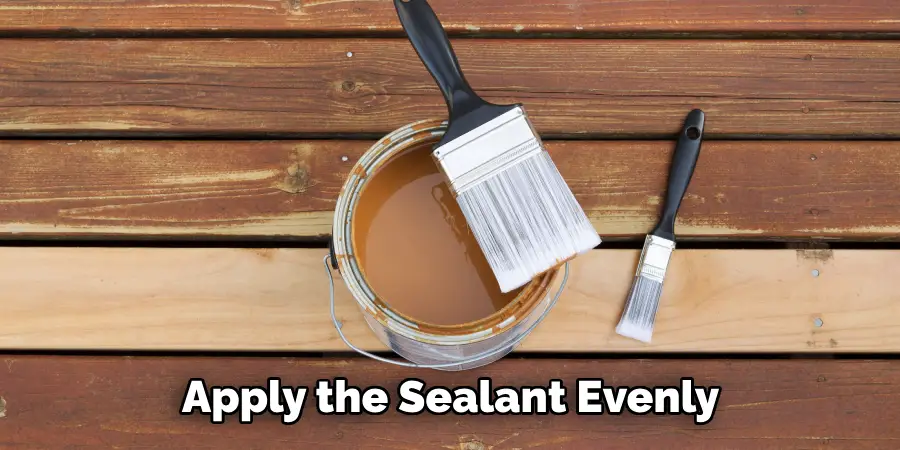
Using a brush or roller, apply the sealant evenly on the surface of the cedar wood. Make sure to follow the manufacturer’s instructions and apply the recommended number of coats for maximum protection. After applying the sealant, let it dry completely before adding another coat or using the wood. This will typically take a few hours to overnight depending on the type of sealant used.
Step 5: Sand Between Coats (Optional)
If you want a smoother finish, you can lightly sand the wood between coats of sealant. This will also help to remove any bubbles or imperfections. For extra protection, you can add additional coats of sealant. Just make sure to let each coat dry completely before applying the next one.
Step 6: Maintain the Seal
To ensure the longevity of your cedar wood sealant, make sure to keep it clean and reapply a new coat every few years or as needed. This will help to protect the wood from natural elements and maintain its original beauty.
With these step-by-step instructions, you can easily seal your cedar wood and protect it for years to come. Remember to always follow safety precautions when using sealants and consult a professional for any major repairs or damages.
Safety Precautions for How to Seal Cedar Wood
- Always wear protective gear such as gloves, goggles, and a mask when handling sealants.
- Work in a well-ventilated area to avoid inhaling harmful fumes.
- Keep children and pets away from the sealing process.
- If working with oil-based sealants, properly dispose of any rags or materials used to avoid fire hazards.
- Follow the manufacturer’s instructions and safety warnings when using sealants.
- Avoid smoking or open flames near the sealing area.
- If you experience any adverse effects from the sealant, seek medical attention immediately.
While sealing cedar wood is a relatively simple process, it’s important to take necessary safety precautions to ensure a smooth and safe experience.
What Are the Benefits of Sealing Cedar Wood?
Cedar wood is a popular material used for various outdoor and indoor projects due to its natural beauty and durability. However, it is also highly susceptible to rot and decay if not properly maintained. Therefore, sealing cedar wood is an essential step in preserving its quality and extending its lifespan. There are several benefits of sealing cedar wood, including:
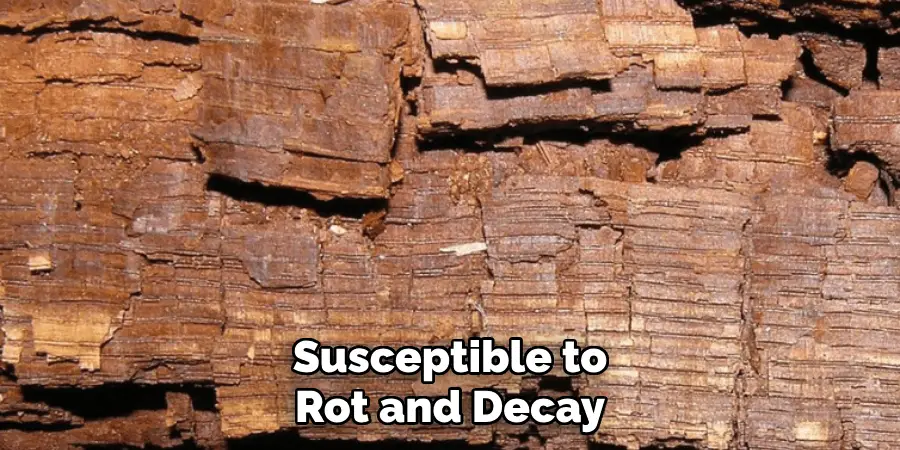
1. Protection Against Rot and Decay
Cedar wood is prone to rot and decay when exposed to moisture. Sealing the wood creates a protective barrier, preventing it from absorbing excess water and thus prolonging its life span. The sealant also blocks out UV rays, which can cause the wood to fade and deteriorate over time.
2. Enhanced Durability
Cedar wood is naturally durable, but sealing it can further increase its longevity. Sealing strengthens the wood, making it more resistant to wear and tear from external factors such as weather and physical impact.
3. Prevention of Insect Infestations
Cedar wood is known for its natural resistance to insects, but sealing it can provide an extra level of protection. The sealant acts as a barrier against insects, preventing them from burrowing into the wood and causing damage.
4. Maintains Appearance
Cedar wood is prized for its beautiful natural color and grain, but exposure to the elements can cause it to fade or turn gray over time. Sealing cedar wood helps maintain its original appearance and prevents discoloration from occurring.
5. Improves Structural Integrity
Sealing cedar wood not only protects the surface of the wood, but it also penetrates deep into the fibers to provide structural support. This is especially important for outdoor projects such as decks and fences, which are constantly exposed to harsh weather conditions.
By sealing cedar wood, you can ensure that your projects remain strong, beautiful, and long-lasting. It is an essential step in the maintenance and preservation of this versatile and popular material. So next time you work with cedar wood, make sure to properly seal it for maximum benefits.
Are There Any Environmental Concerns With Sealing Cedar Wood?
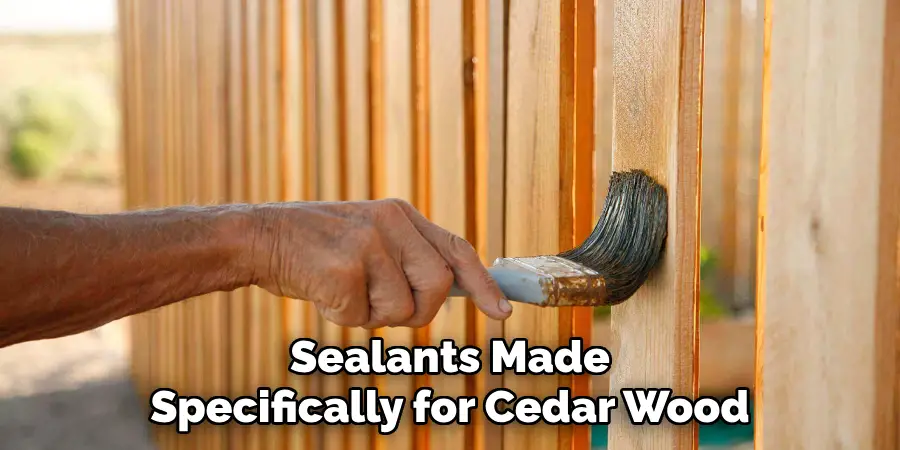
There is a common misconception that sealing wood is harmful to the environment due to the use of chemicals. However, modern sealants are formulated with eco-friendly ingredients and are safe for both humans and the environment. Sealants made specifically for cedar wood also have low levels of volatile organic compounds (VOCs) which can contribute to air pollution. This makes them a better choice for the environment compared to traditional sealants.
Additionally, by sealing cedar wood, you are actually helping to preserve it and prevent it from being replaced. This reduces the need for cutting down more trees and helps conserve natural resources. There are no major environmental concerns with properly sealing cedar wood.
Just make sure to choose a sealant that is labeled as eco-friendly and follows the manufacturer’s instructions for application and disposal. So don’t hesitate to seal your cedar wood projects for both their longevity and environmental sustainability.
Will Sealing Prevent Insects From Damaging Your Cedar Wood?
Cedar wood is a popular choice for outdoor furniture, decks, and fences due to its natural beauty and durability. However, one of the main concerns when it comes to cedar wood is insect damage. These pesky creatures can quickly ruin the appearance and integrity of your cedar wood structures if left unchecked. As such, it’s important to take preventive measures to protect your investment. One method that is commonly used is sealing cedar wood.
1. Understanding Cedar Wood
Before diving into the effectiveness of sealing cedar wood against insects, it’s essential to understand a bit about this type of wood. Cedar is naturally resistant to rot and decay due to its high levels of natural oils. These oils not only give cedar its characteristic pleasant scent but also make it unappealing to many types of insects. However, while cedar wood may be more resistant than other types of wood, it is still susceptible to insect damage if not properly maintained.
2. How Sealing Cedar Wood Can Help
One of the main benefits of sealing cedar wood is that it creates a protective barrier against moisture. Moisture can cause cedar wood to swell and warp, making it more vulnerable to insect infestations. By sealing the wood, you can prevent water from seeping into its pores, thus reducing the chances of insect damage. Additionally, sealing cedar wood can also help to preserve its natural oils, which play a crucial role in repelling insects.
3. Choosing the Right Sealer for Cedar Wood
When it comes to sealing cedar wood, you have several options to choose from. However, not all sealers are created equal when it comes to protecting against insects. The most effective sealers for cedar wood are those that contain insect-repelling ingredients, such as natural oils like linseed or tung oil. These types of sealers not only provide a protective barrier against moisture but also help to enhance the wood’s natural resistance to insects.
4. Maintaining Sealed Cedar Wood
It’s essential to note that sealing cedar wood is not a one-time fix. It requires regular maintenance to ensure that the protective layer remains intact and continues to repel insects. Depending on weather conditions and the amount of use, you may need to reapply a sealer every 1-3 years. Additionally, it’s crucial to keep an eye out for any cracks or chips in the sealer, as insects can easily find their way through these weak spots.
5. Other Ways to Protect Cedar Wood
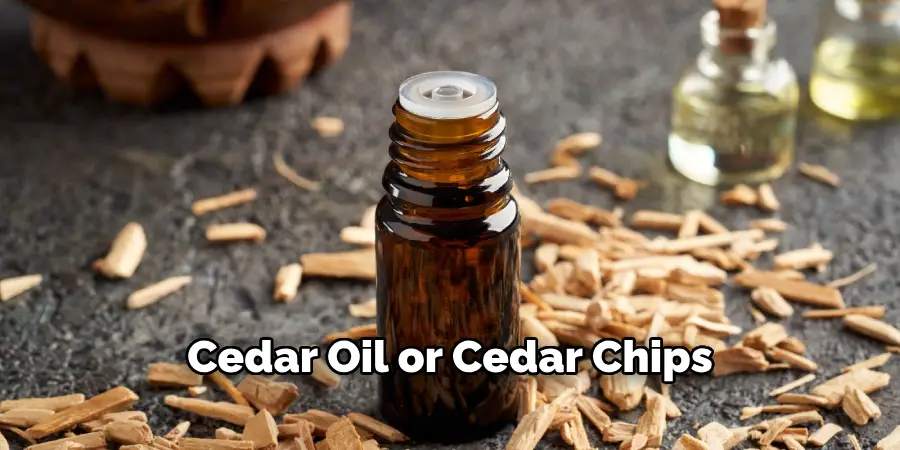
While sealing cedar wood is an effective method of preventing insect damage, it shouldn’t be your only line of defense. Regularly cleaning and inspecting your cedar wood structures can help you catch any signs of insect infestation early on before they have a chance to cause significant damage. You can also use natural remedies like cedar oil or cedar chips to repel insects from your outdoor areas.
Conclusion
The main disadvantage of sealing cedar wood is that it requires regular maintenance and reapplication. Depending on the type of sealant used, you may need to reapply every 1-2 years. This can be time consuming and costly, especially if you have a large amount of cedar wood to seal.
In conclusion, sealing cedar wood is an essential step in protecting and preserving its natural beauty. It not only adds a protective layer to the surface but also enhances its durability. With the right tools and techniques, you can easily seal your cedar wood without any professional help. By following the steps mentioned in this blog, you can ensure that your cedar wood furniture, deck or other wooden structures last for years to come. I hope this article has been beneficial for learning how to seal cedar wood. Make Sure the precautionary measures are followed chronologically.

